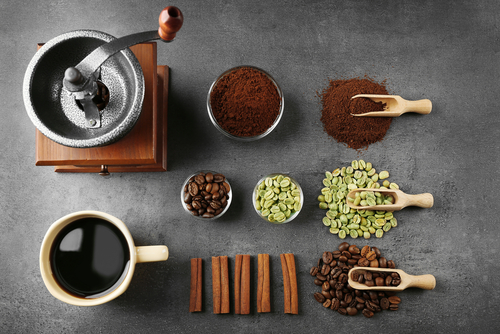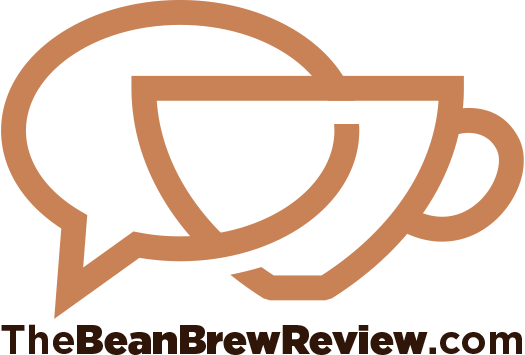

Get The Best Coffee Deals
From TheBeanBrewReview.com
There are more than two billion cups of coffee consumed every day and for many, life would be impossible without it. Originally consumed in Ethiopia, coffee was originally used in religious ceremonies. The consumption of coffee outside of Ethiopia is thought to have been in Yemen with coffee houses spreading across the Middle East and into Europe with many believing the dark, rich liquid had medicinal properties. Today, coffee is a mainstay in many households and, as tastes have adjusted over the years, coffee has become a booming industry with so many options to choose from, it can be difficult to decide which one is best. TheBeanBrewReview.com provides details on some of the products they offer to help you choose the perfect coffee to start or end your day.
Our Top Coffee Discounts
Get Discounts On These Top Coffee Brands
Other than the obvious boost of energy levels, coffee has many benefits. It has been shown to reduce your risk of Type 2 diabetes and may actually support the health of your brain. There is evidence it can assist in weight management, lower risk of depression, protect against liver problems, support heart health and may increase longevity. Some studies indicate that coffee can reduce your risk of Alzheimer’s and Parkinson’s disease as well.
Heart Healthy Coffee
Recent research has discovered that drinking two or three cups of coffee per day may protect you from cardiovascular disease. There is evidence that ground and instant coffee with caffeine reduced the risk of arrhythmia, or irregular heartbeat, with decaffeinated coffee offering less protection. TheBeanBrewReview.com has a wide range of coffee types that can help lower your risk of heart disease as well as other health issues such as prostate cancer, diabetes and others.
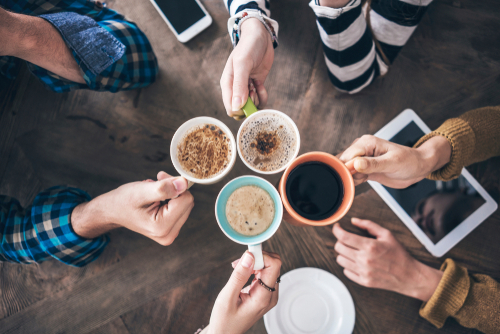
Pour Over Coffee
Many people are confused about the benefits of pour over coffee with the ability to use an automatic drip coffee maker that does the work for you. Pour over coffee involves pouring hot water over coffee grounds which have been placed in a special filter. With pour over coffee, you heat the water to the temperature you desire which can often eliminate the sour taste that some automatically brewed coffee may have. Because you can see the grounds, you know that they are evenly saturated, making sure you get all the flavor possible from the coffee. Most people who have tried pour over coffee have found that the coffee has a smoother, richer flavor than automatic drip coffee.

K Cups
Coffee pods like K Cups have exploded in popularity over the past few years. Much of this is because of the variety this type of coffee maker offers, allowing you to purchase different coffee flavors, grinds and roasts to appease all the coffee drinkers in your household. These are also beneficial if those who drink coffee in your home rarely drink a full pot as you can brew one cup at a time. They also require no measurement and no skill at all to brew a good cup of coffee. You can create a fancy coffee-shop style cup easily without the need to figure out a complicated espresso machine.

Coffee Grinders
Coffee grinders have also grown in popularity recently as they allow you to get the most out of fresh coffee. A grinder breaks down the coffee bean into evenly sized pieces which allows for better extraction and a more robust flavor. Over or under ground coffee can lead the brew to be bitter or sour which is why many have turned to grinding their own coffee in order to have a smoother flavor. In addition, grinding your own coffee means you can use any type of brewing system you want, including Keurig’s, as most have an adapter that allows you to use ground coffee rather than coffee pods.
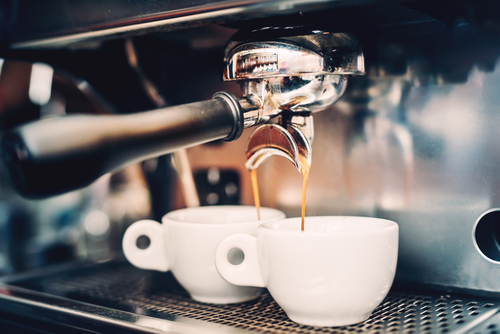
Cold Brew Coffee
Cold brew coffee is much stronger and has more caffeine than drip coffee as it is made using one part coffee to 16 to 20 parts water. The coffee is made by steeping the coffee in water for a significant amount of time in cold or room temperature water. Because the coffee brews slower, the flavor is much different than traditional brews. Many people claim that there are mild chocolate and fruity flavor notes. The process actually uses time to brew the coffee rather than temperature and the process can take between eight and 24 hours.
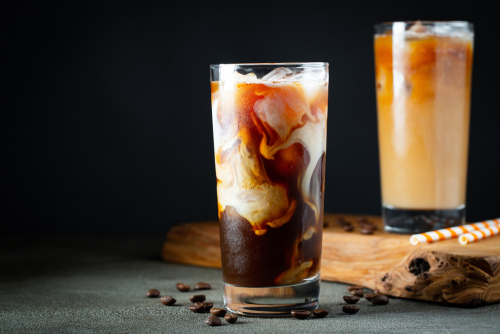
Espresso Beans
Espresso is nothing more than a shot of concentrated coffee which is created by forcing very hot water through finely-ground coffee beans at high pressure. In addition, the beans are roasted longer than the beans used for drip coffee where you can get light, medium and medium-dark roast. Coffee beans used for espresso are roasted past the second crack, so the liquid has a toasted and deeper taste that is also fuller with less acidity. The grind is usually finer as well, about the texture of sand, as the water comes in contact with the grinds for less time. You can purchase drip coffee that is espresso grind which usually means the beans are roasted to the espresso point and then ground finely.
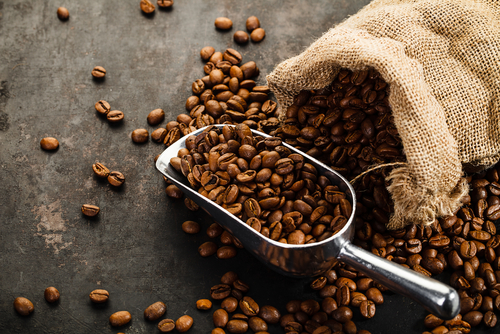
Coffee Beans
There are three main coffee growing areas in the world. These include Central and South America, Africa as well as the Middle East and Southeast Asia. All of the areas are found between the Tropic of Cancer and the Tropic of Capricorn which has been labeled the “Bean Belt.” The top growing area is Central America with most coming from Guatemala, Nicaragua, El Salvador, Honduras and Costa Rica. Of those, Costa Rica has the most superior conditions for growing coffee. In South America, Brazil, Colombia, Bolivia and Ecuador are the highest producers with Colombia growing the most well-known beans. In Africa, Kenya, Ethiopia and Tanzania produce a significant amount of coffee along with Rwanda, Burundi and Uganda.
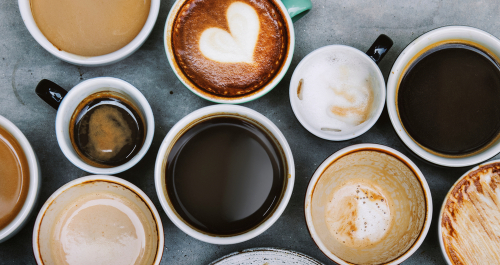
Certified Organic Coffee
Organic coffee has grown in popularity over the past few years with 44 percent of coffee drinkers stating they are more likely to buy coffee that is certified organic. Coffee with the organic certification indicates that the product has followed a strict supply chain process that is designed to safeguard the organic process. These standards include the quality fo the soil the plants are grown in, the type of plants grown, the management of pests and weeds plus much more. In addition, the coffee undergoes strict manufacturing controls for roasting, manufacturing and auditing.
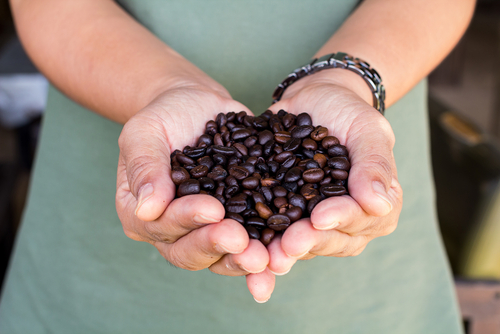
Coffee Subscriptions
Anyone who is an avid coffee drinker knows what it is like to run out of coffee. One of the ways to ensure that does not happen is to sign up for a coffee subscription service. This brings coffee to your mailbox weekly, monthly or on whatever schedule you choose. With most services, you choose the type of coffee you want to receive, whether it is single roaster or multi-roaster. You can also select your favorite brands and grinds as well. In addition to guaranteeing you will never run out of coffee; subscription services can save you money as well.
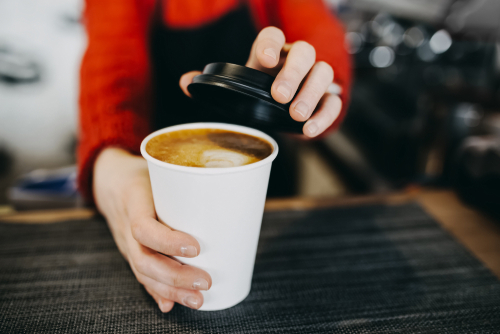
Small Batch Coffee
Small batch coffee is roasted in smaller batches which can take longer. The slower the beans are roasted the richer the flavor which is why more people are looking for small batch roasts. Usually, small batch coffee is fresher than batches roasted for longer times. Small batches also allow for a more tailored roasting and the coffee has a better quality than those brewed in large batches.
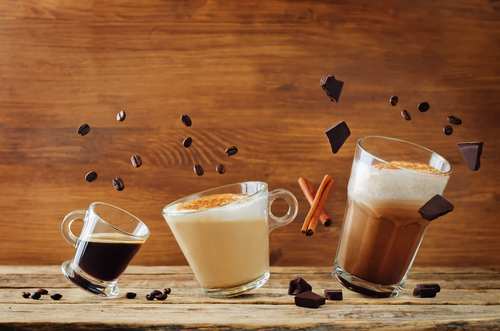
Different Types of Coffee
There are basically four types of coffee beans all with different origins and flavors. Coffee beans are found on the coffee plant and actually are not a bean at all. In fact, they look more like cherries when they are picked. The four types and their origins include:
- Arabica – One of the most popular types of coffee bean, Arabica has roots dating back to 1,000 BC. They tend to have a sweeter, softer taste than other types of beans. They are grown in altitudes between 1,640 and 8,202 feet (500 to 2,500 meters). Currently, Brazil is the largest producer of Arabica beans although other areas of Latin America do grow the bean.
- Robusta – With lower acidity levels than Arabica, this bean produces flavors of wood or even burnt rubber. They are popular in espressos due to the rich flavor. The beans are grown at elevations no higher than 3,280 feet (1,000 meters) and produce fruit faster than the Arabica plant. Africa, Vietnam and Indonesia are the largest producers of the Robusta bean.
- Excelsa – Grown between 3,280 and 4,265 feet (1,000 to 1,300 meters), Excelsa beans grows on a plant that is more tree-like than other types of coffee beans. Excelsa beans have less caffeine than Arabica or Robusta beans. There are some scientists that believe the bean is actually a sub-species of another type of bean. The main producers of this coffee bean are Vietnam, the Philippines, India, Malaysia and Indonesia.
- Liberica – Originating in Liberia, West Africa, Liberica beans are mostly grown in the Philippines, Indonesia and Malaysia. The bean is harvested from a plant that is similar to Excelsa, more tree-like than bush-like. The beans are also larger than Arabica and Robusta plants. The beans have a lot of pulp which ferments when it dries, giving it a fruity flavor. There are some that claim the beans taste similar to jackfruit, a popular substitute for meat in some cultures.
